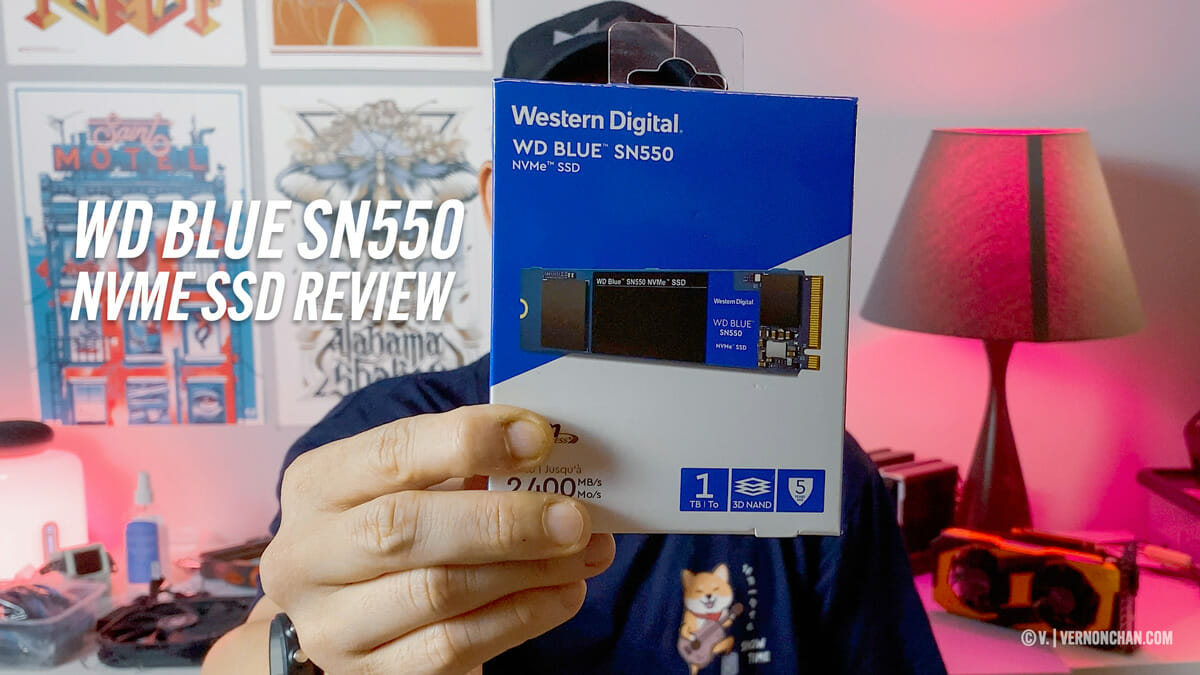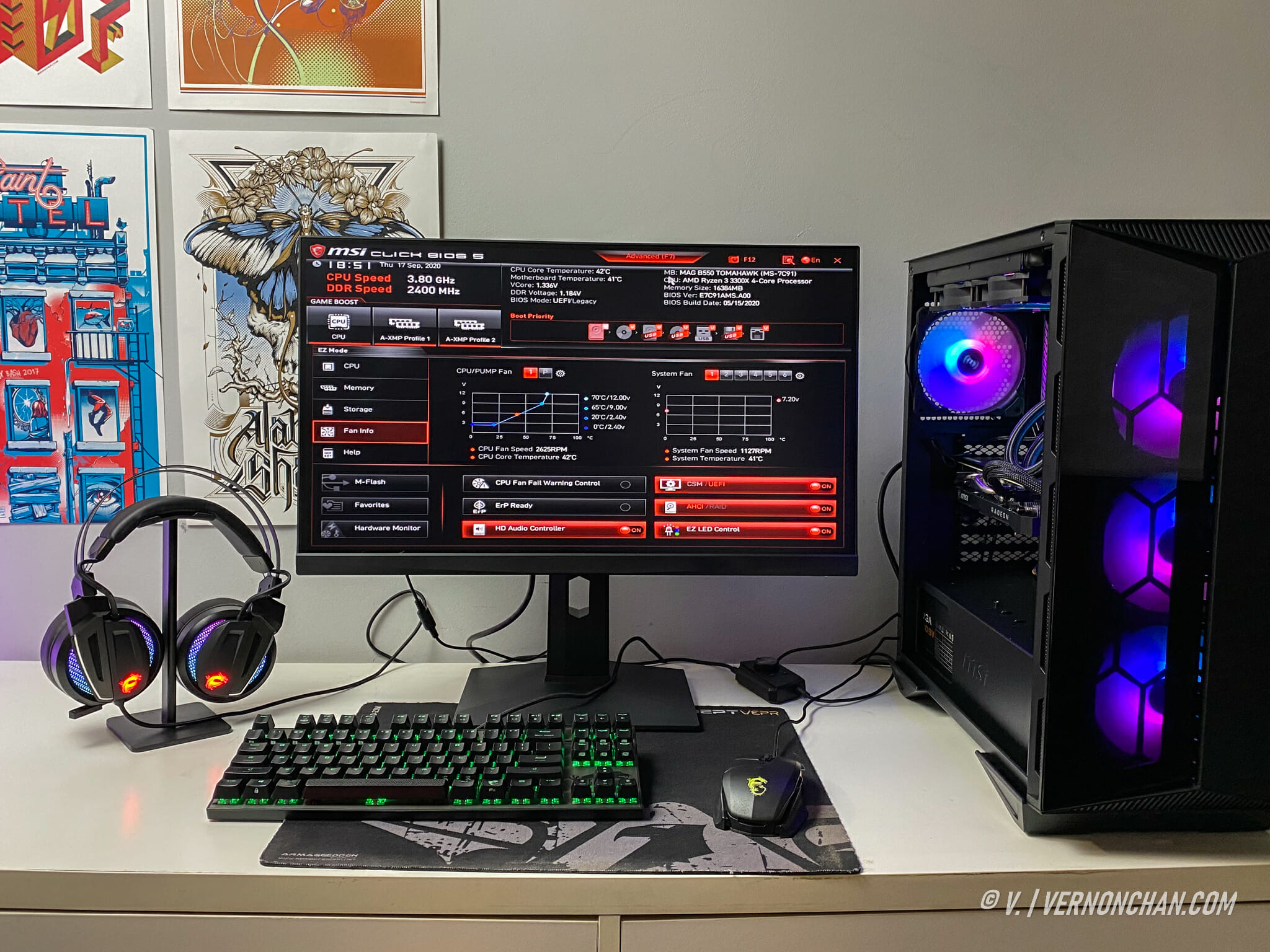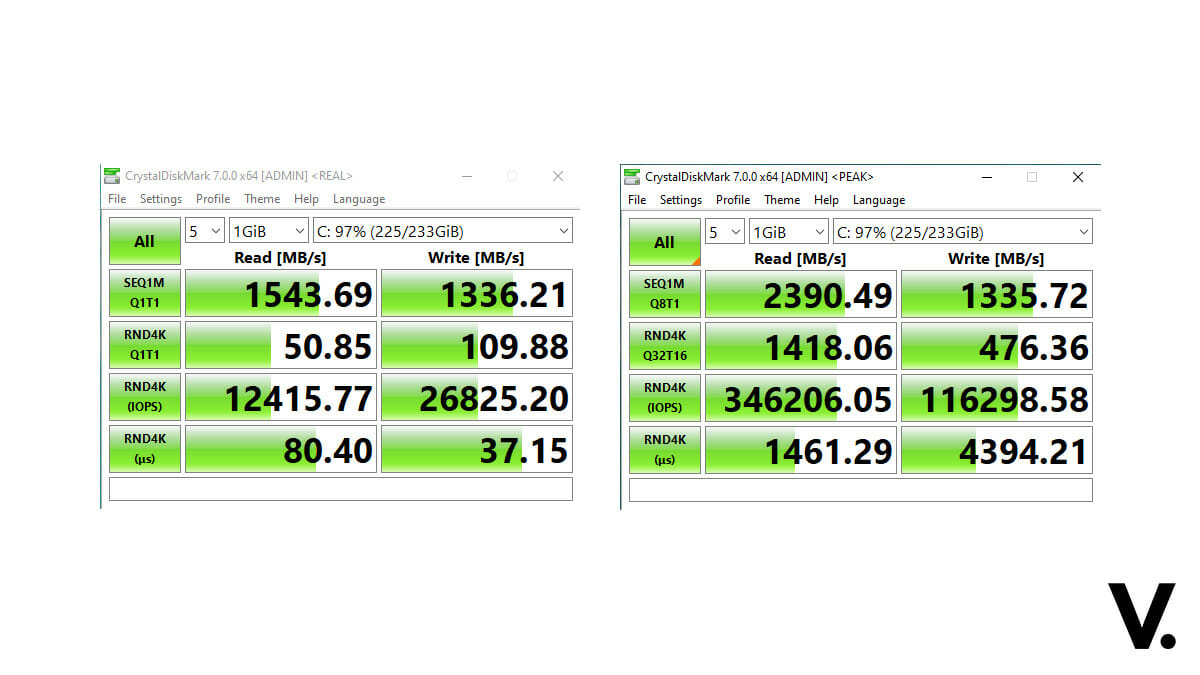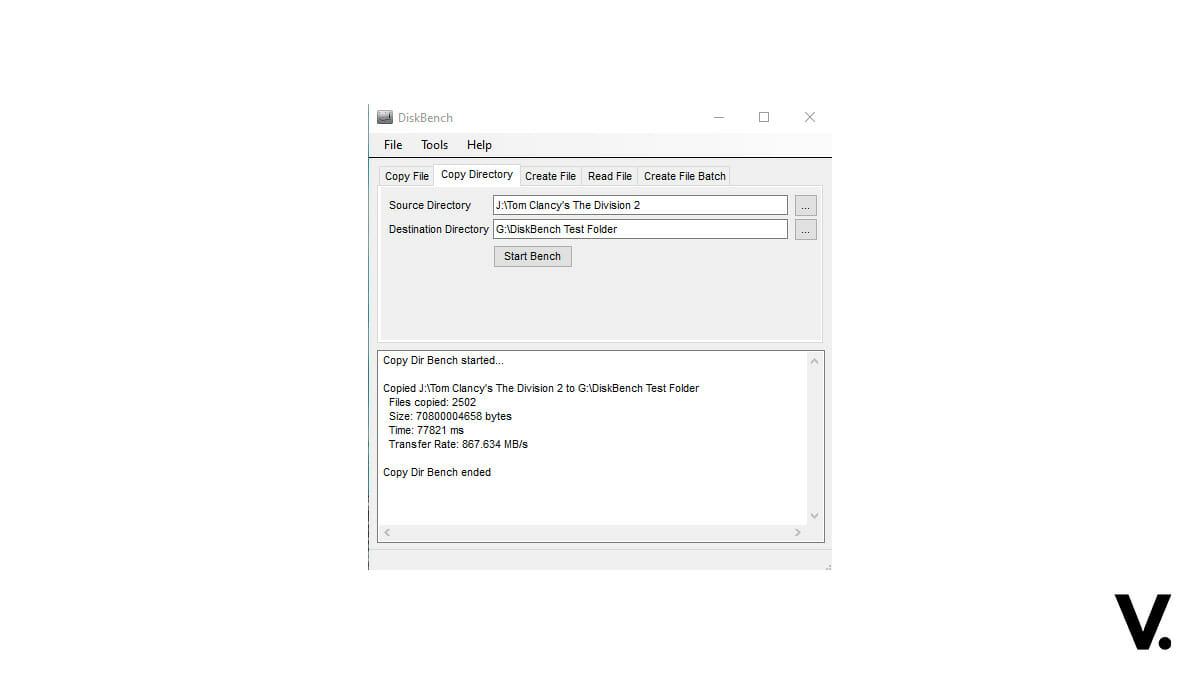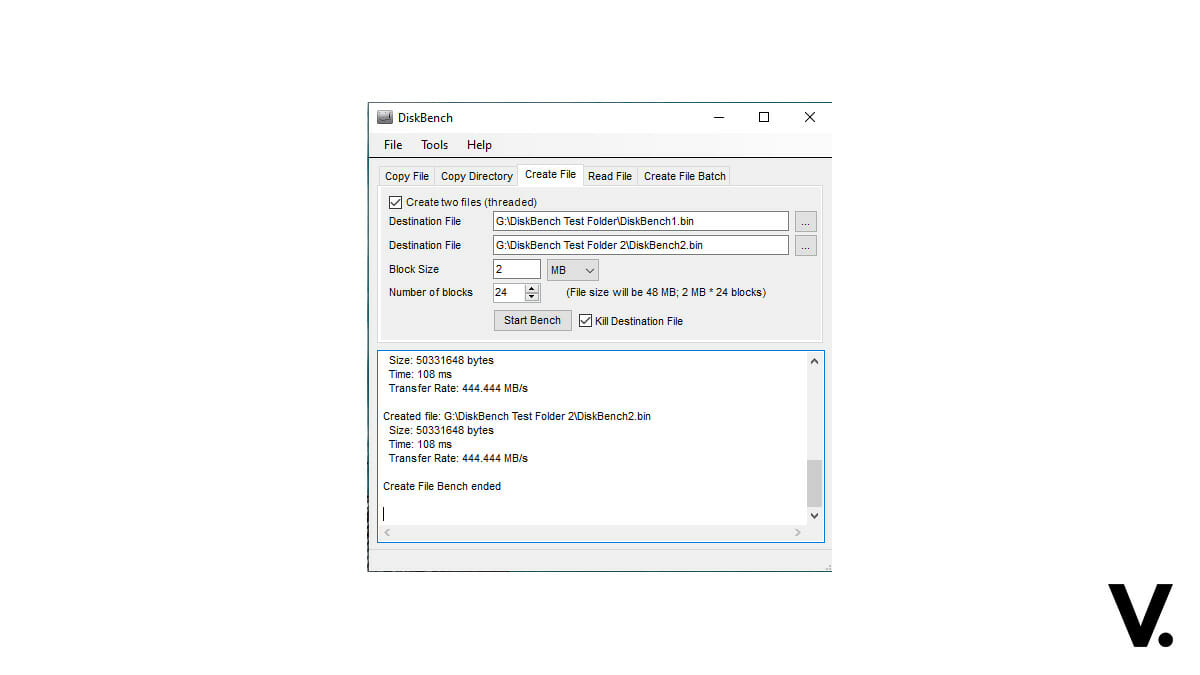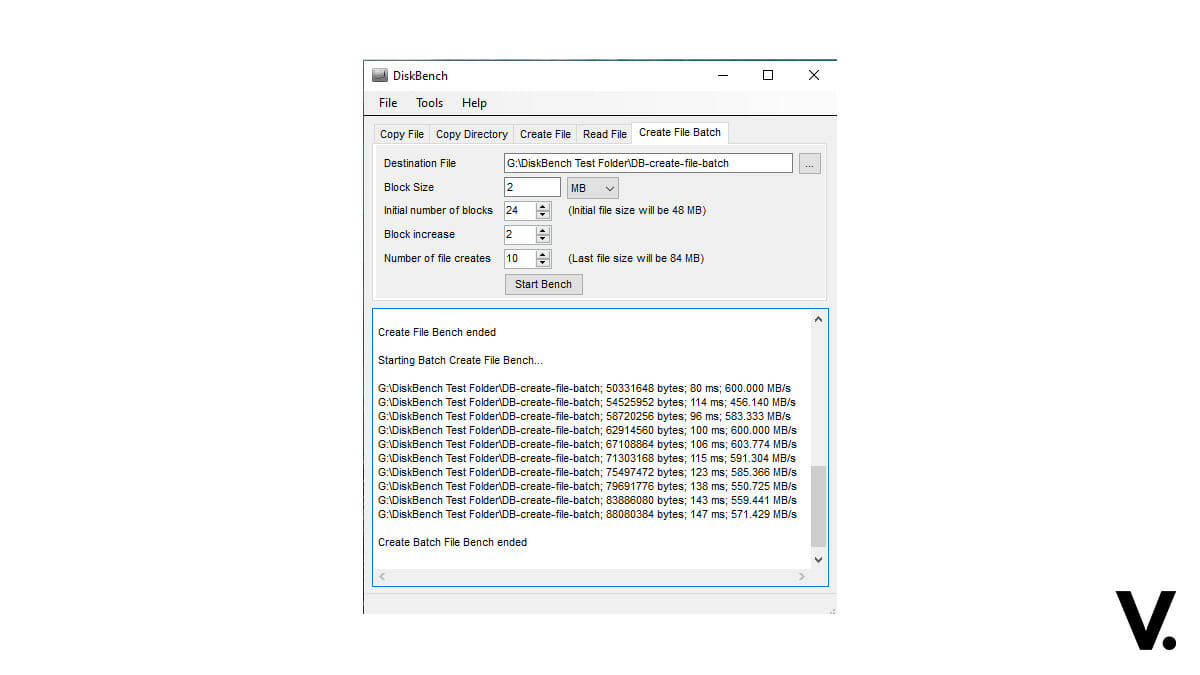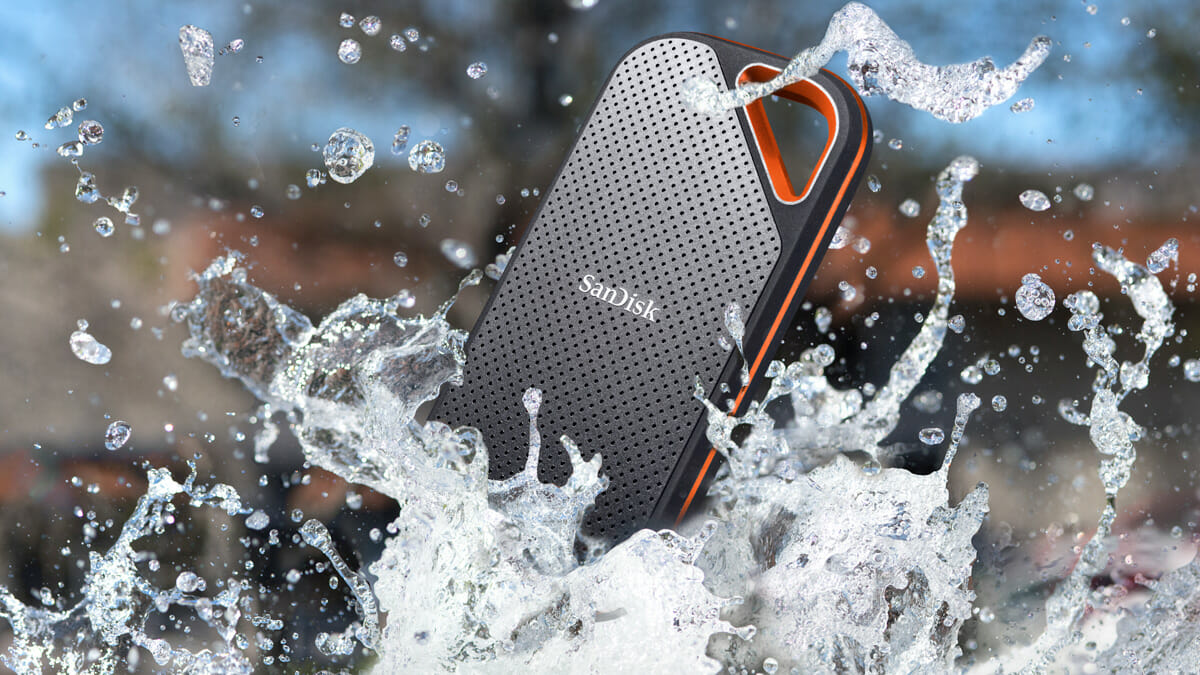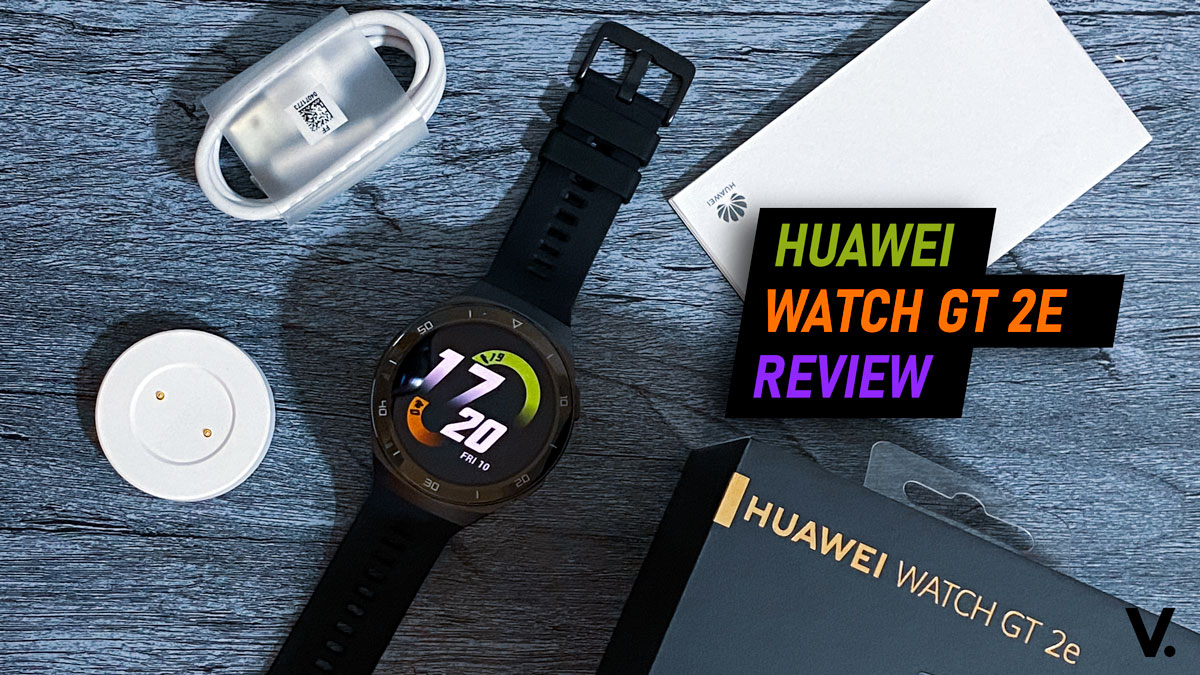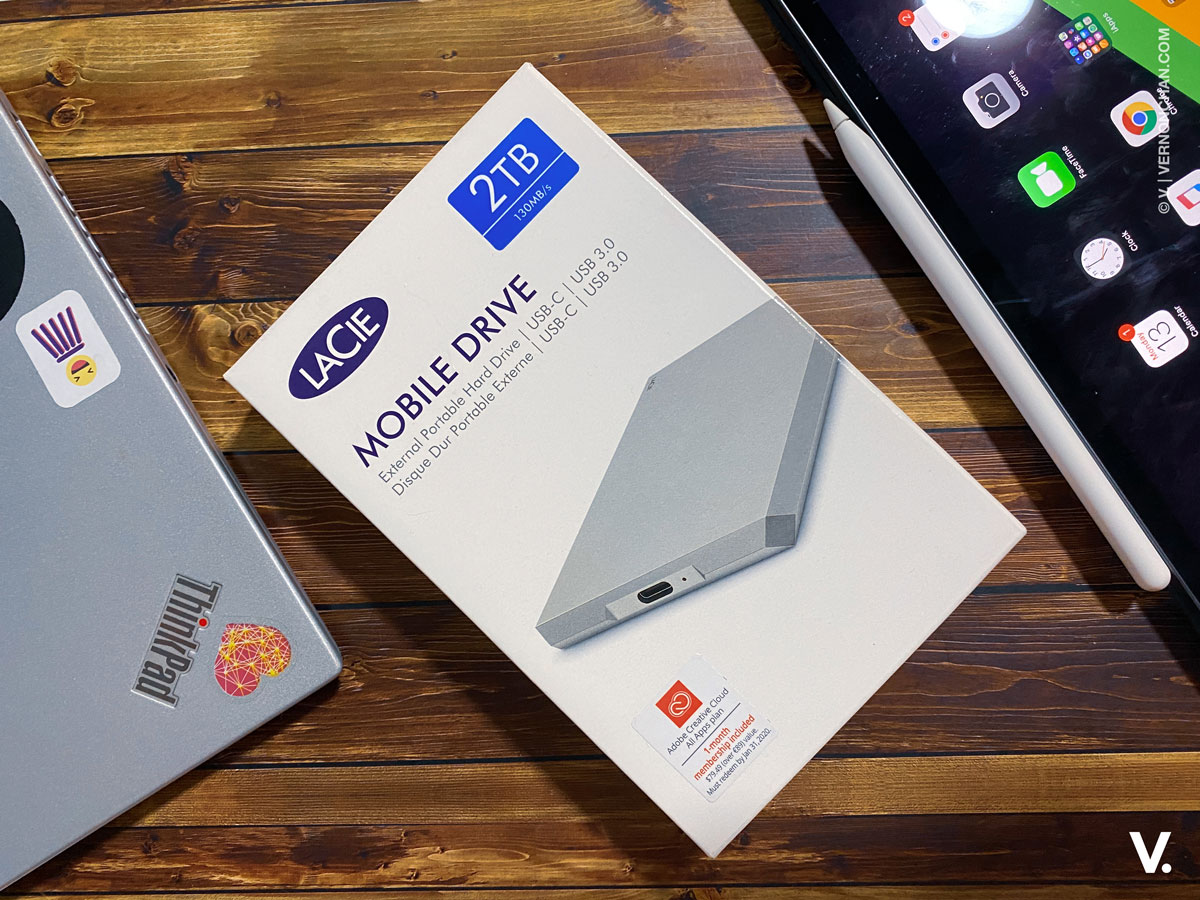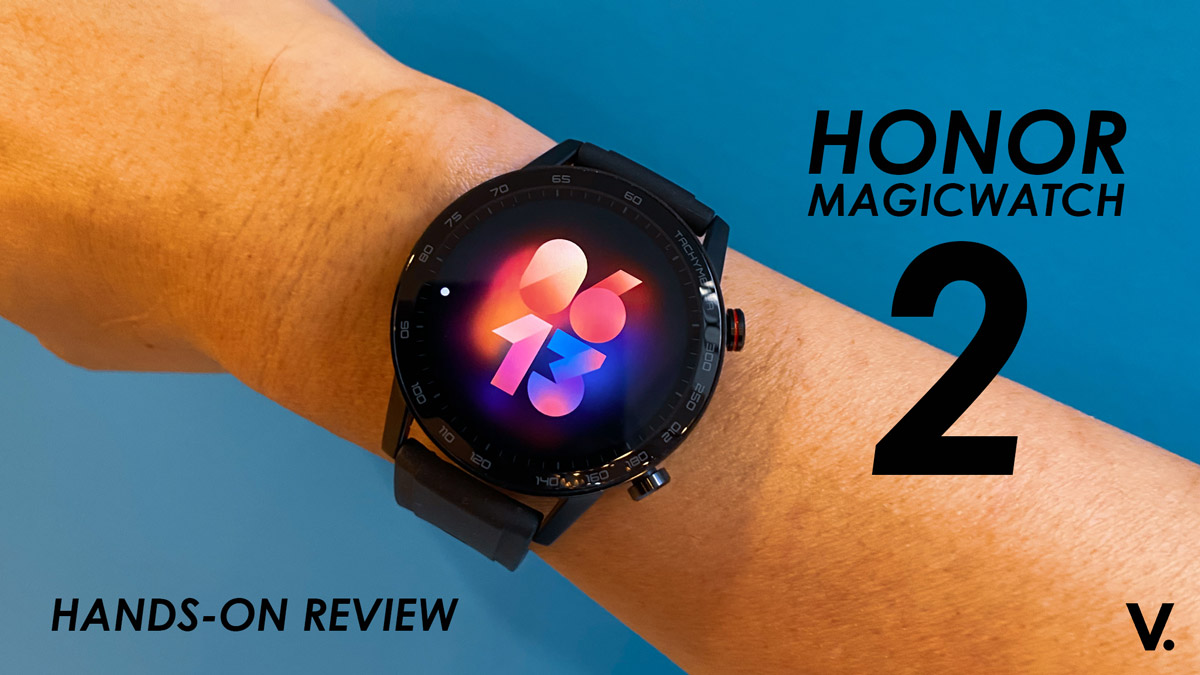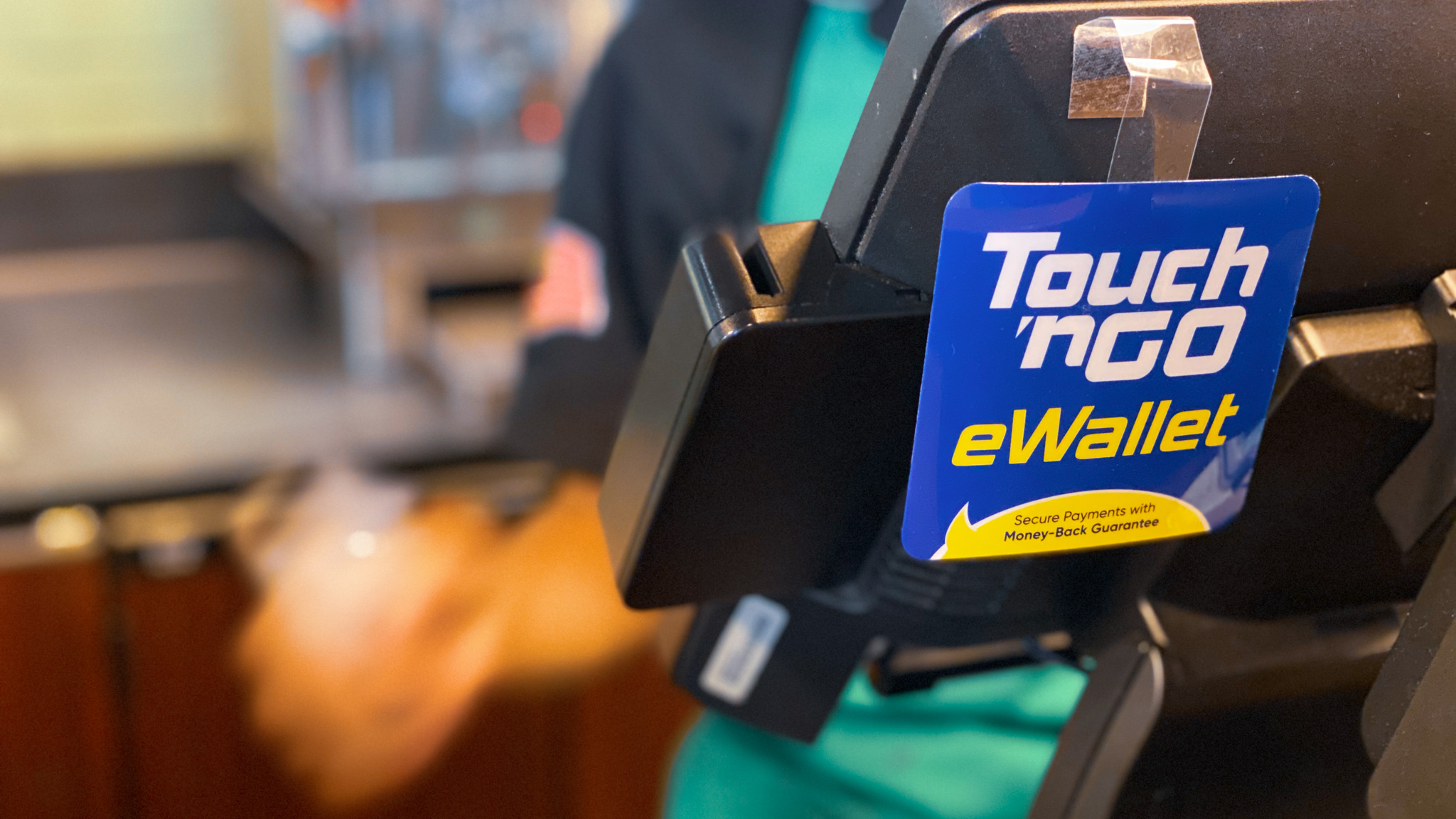I believe that just like coffee, you can never have too much storage. As it is, I’m already running out of storage on my PC rig which I use for work and gaming. Those Steam installs and 4K video files, they fill up fast. Western Digital Malaysia recently dropped my their mainstream WD Blue SN550 NVMe m.2 SSD for review. It’s super affordable. But is it good? Read on.
I run a combination of NVMe m.2 SSDs, SATA SSDs and regular hard disk drives. I am looking to migrate to a full SSD-based setup though.
Externally, I have a two-bay Synology NAS and WD MyBook Duo for backup purposes. This excludes a stack of external SSDs and HDDs I use for quick backups, video projects and on-the-go purposes.
If you’re looking to upgrade your in-rig storage though, it’s a great time to do it because prices have plummeted and are still plummeting. RAM too for that matter.
Gone are the days when SSD storage was a luxury and meant for more expensive builds.
So, let’s take a look at the key specs of the WD Blue SN550.
These days, SSDs offer incredible value while delivering at least 3-5x the performance of regular hard disk drives. In all honesty, unless you want sheer capacity, there’s no reason not to use an SSD drive. Even better, if it was an m.2 SSD.
- Form factor – m.2 2280
- Interface: PCIe 3.0 x4 / NVMe 1.4
- SanDisk 4-channel controller
- DRAMless HMB
- BiC S4 96-layer TLC
- Max Sequential Read – Up to 2,400MBps
- Max Sequential Write – Up to 1,950MBps
- 4KB Random Read – Up to 410,000IOPS
- 4KB Random Write – Up to 405,000IOPS
- 600TBW
- 5-year warranty
The SN550 is based on the m.2 2280 form factor with a PCIe 3.0 (x4) or latest NVMe 1.4 interface.
It features a SanDisk 4-channel controller and is a DRAM-less drive with HMD support. Without DRAM, it instead uses a small SLC cache on its single-sided PCB board as well the the host’s via NVMe.
It uses Bic Flash’s 96-layer 3D NAND TLC flash memory and is good for an impressive 600TBW rating, short for Terabytes Written, a measure of flash storage endurance.
As an example, if you were to write 50GB of new data per day for 365 days, that would equate to 18.25TB per year. Which means it will take 32.8 years to hit that 600TBW limit.
WD graciously extends a 5-year warranty to the SN550, which is expected for the capacity it offers.
To take the SN550 through its paces, I ran a couple of synthetic benchmarks and several real world tests that covered transfer rates and gaming.
The test bench
Specs of the test bench:
- 10th Gen Intel Core i9-10900K @ 5.1GHz
- DeepCool Assassin III CPU cooler
- 16GB of G-Skill DDR4-3200MHz memory
- Aorus Master Z490 motherboard
- Galax GeForce GTX1060 6GB GPU
- Thermaltake Toughpower Grand RGB 850W PSU
- Storage:
- Samsung 960 EVO 250GB NVMe m.2 (startup disk)
- Kioxia Exceria 500GB NVMe m.2
- SanDisk Ultra II 480GB
- WD Red 6TB
Performance
In the CrytalDiskMark “Peak” benchmark using a 1GB test file, the SN550 hits 2,454MB/s read and 2,017MB/s write peak speeds. In the Random 4K test, it delivered over 38,6804 MB/s read IOPS and 11,7079 MB/s write IOPS.
In the “RealWorld” benchmark, the drive hit 2,015MB/s read and 2,014MB/s write speeds with random 4K IOPS read and write at 11,919 and 29,788 MB/s respectively.
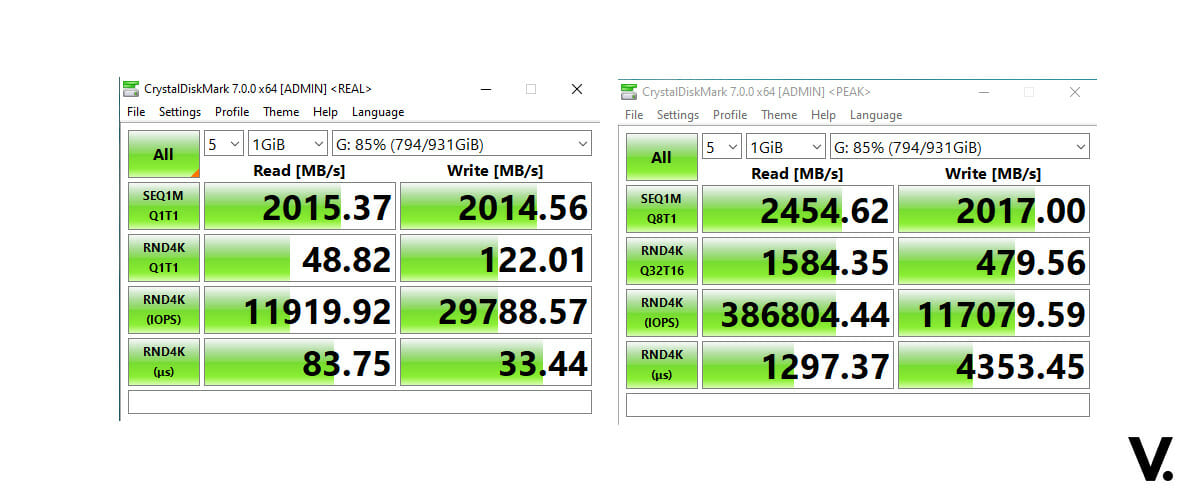
To put it into context, here is how my Samsung 960 EVO NVMe m.2 250GB (startup disk) and Kioxia Exceria 500GB performs in the same tests.
In the ATTO Disk Benchmark with an I/O size of between 512B and 64MB and a test file size of 256MB, the SN550 delivered 1.86GB/s write and 2.29GB/s read speeds.

With a 16GB file, the SN550 returned 1.88GB/s and 2.31GB/s write and read speeds, respectively with temperatures hovering around 51C – 65C. Note that the Aorus motherboard comes with m.2 heatsinks which helps keep things cool. There was no noticeable thermal throttling, although sustained read/write speeds drop below peak numbers.
My favourite “real world” benchmark DiskBench is always an excellent test bed to ascertain real world performance of drives.
In the DiskBench “Copy Directory” test, I used a 65.9GB folder that includes 2,502 files and 110 folders. The process took 77821ms, with an average transfer rate 867.634MB/s.
In the “Create File” test where 48MB files in 2MB * 24 blocks are created simultaneously, the SN550 completed the task in 108ms, at an average speed of 444.444MB/s for both files.
Later, I ran the “Create file batch” test which returned these results:
I also ran further manual tests by copying a 14.1GB folder (6,112 files, 417 folders) to different drives in my rig.
- WD Blue SN550 to WD Red 6TB – 70MB/s peak, below 30C average, max 50C
- WD Blue SN550 to SanDisk Ultra II 480GB – 300MB/s peak, 1 min, below 30C, max 50C
- WD Blue SN550 to Kioxia Exceria NVMe m.2 500GB – 1.3GB/s peak, 5 seconds, average 50C
Without resorting to manually timing game loading times, I used two gaming benchmarks from Final Fantasy XIV which not only benchmarks CPU/GPU gaming performance but also gaming load times.
Final Fantasy XIV: Stormblood Benchmark
- Loading Times by Scene
- Scene #1: 1.376 sec
- Scene #2: 1.802 sec
- Scene #3: 1.581 sec
- Scene #4: 2.447 sec
- Scene #5: 4.502 sec
- Scene #6: 0.973 sec
- Total Loading Time: 12.682 sec
Final Fantasy XIV: Shadowbringers Benchmark
- Loading Times by Scene
- Scene #1: 2.831 sec
- Scene #2: 2.848 sec
- Scene #3: 4.085 sec
- Scene #4: 2.69 sec
- Scene #5: 1.248 sec
- Total Loading Time: 13.702 sec
So, does the lack of DRAM affect I/O performance of this drive? Of course, it does to an extent. A good example would be the DiskBench “Copy Directory” Test where the drive would hit maximum write speeds until it depletes its cache. Speeds then average out to the 700-800MB/s range, which honestly isn’t shabby at all for a DRAM-less drive. That’s still quicker than SATA and HDD drives by any account.
Overall, the SN550 performed commendably in synthetic and real-world applications.
Pros
- Excellent performance for the price
- Meets and exceeds manufacturer claims
- Good thermal performance
- 600TBW and 5-year warranty
- Affordable and great value
Cons
- Plain jane aesthetics
Verdict
Thanks to its affordable pricing and overall punchy performance, the SN550 gets a thumbs up for me. For those on a budget but do not want to sacrifice on performance should give this drive a shot. I know I’m going to add a couple of these to my current and future builds.
Pricing and availability
The WD Blue SN550 retails for MYR539 for the 1TB version. Also available in 250GB, 500GB and 2TB.
TL;DR version
Latest news
- Sony’s New WH-1000XM6: Taking Noise Cancellation to Ridiculous New Heights
- AirAsia Power Bank Policy 2025: New In-Flight Restrictions You Need to Know
- Trump Tariffs: Impact on Tech and Your Wallet in 2025
- Canon EOS R50 V: Why Content Creators Will Love This New Camera
- How to Check Unclaimed Money in Malaysia with eGUMIS (2025 Guide)
Subscribe to Vernonchan.com: Never miss a story, read stories on Feedly and Medium
Disclosure: Keep in mind that VERNONCHAN.COM may receive commissions when you click our links and make purchases. Clicking on these links cost you nothing and it helps to cover some of the costs for the upkeep of the site. While we may receive commissions, this does not impact our reviews, views and opinions which remain independent, fair, and balanced. Thank you for your support.


